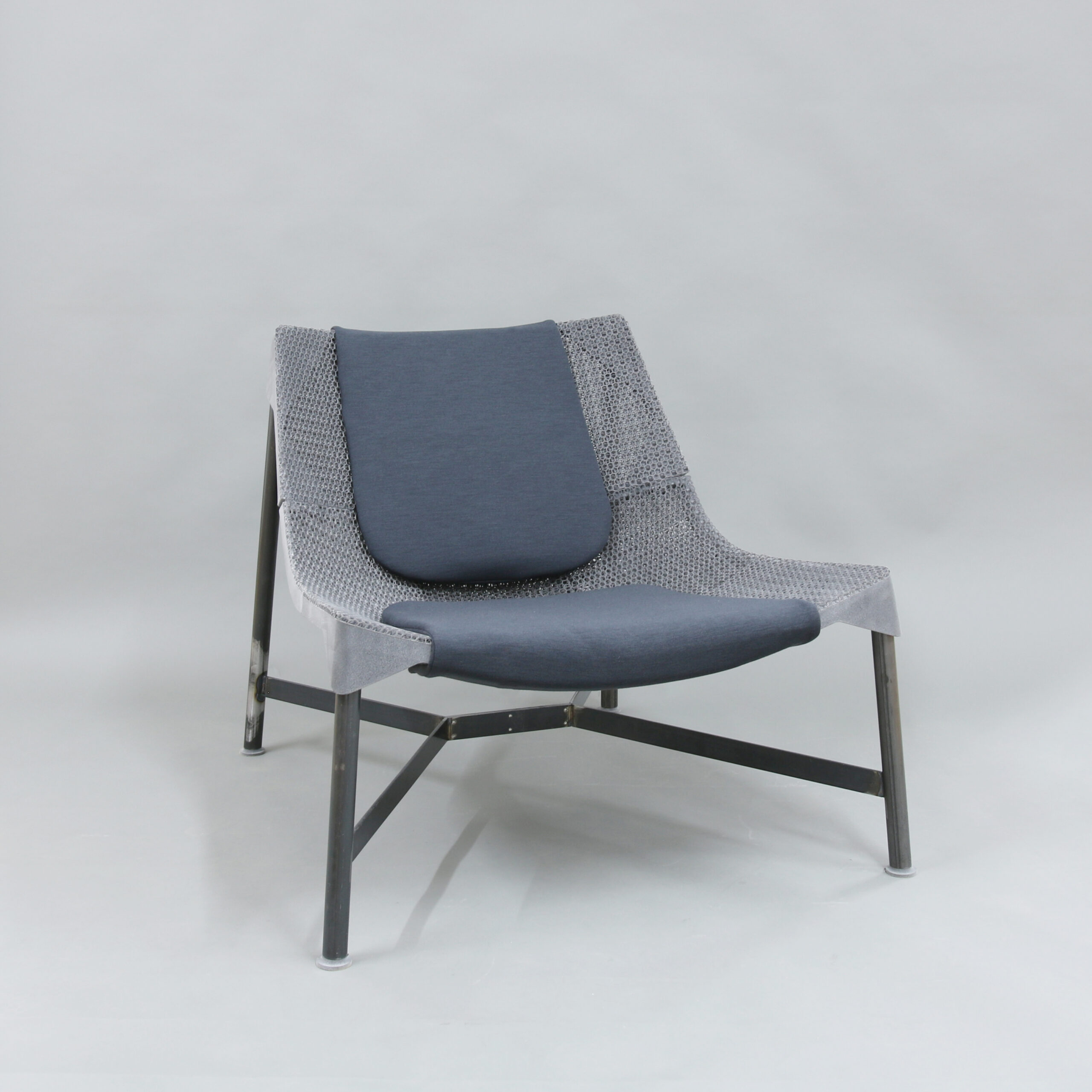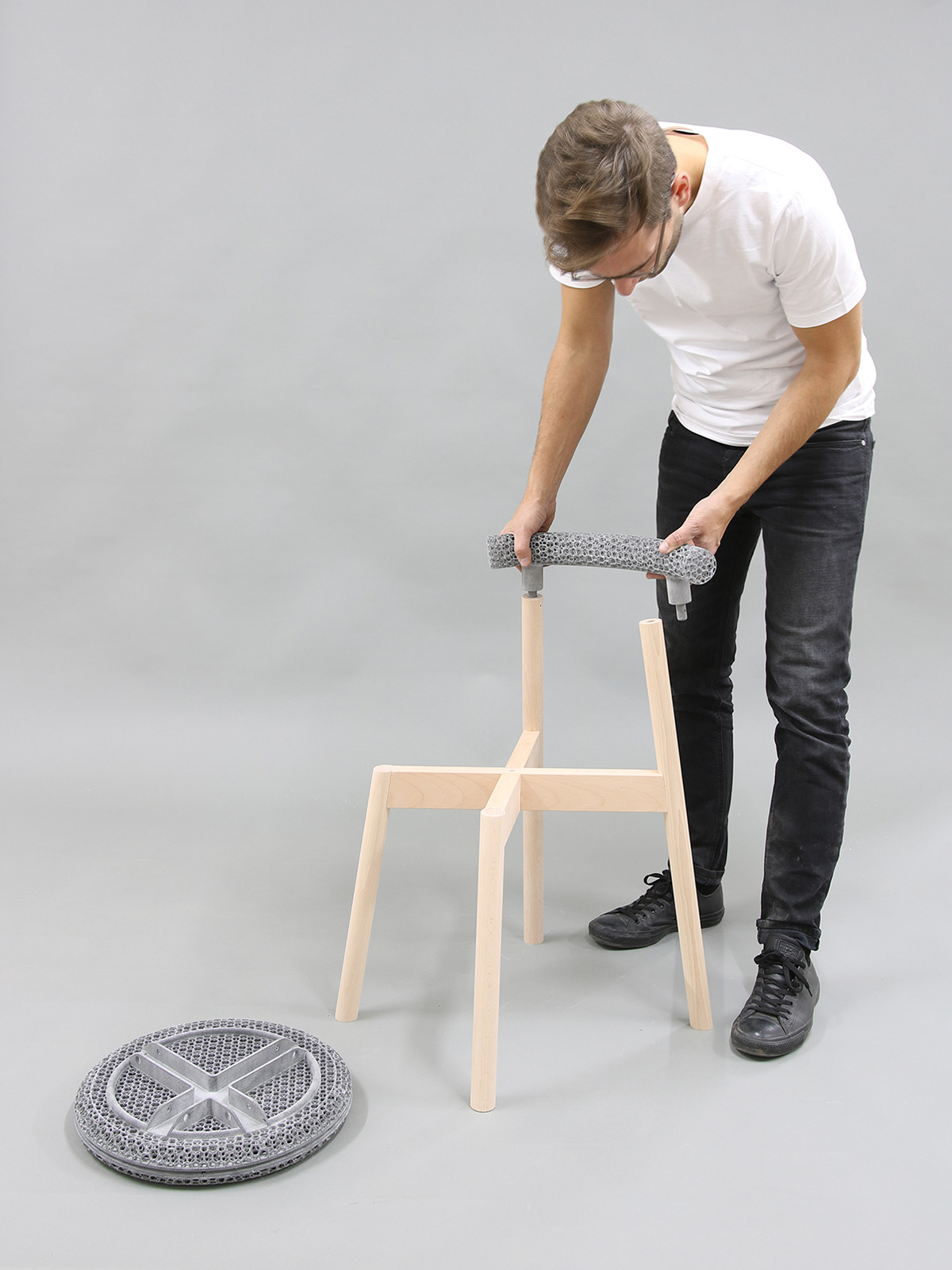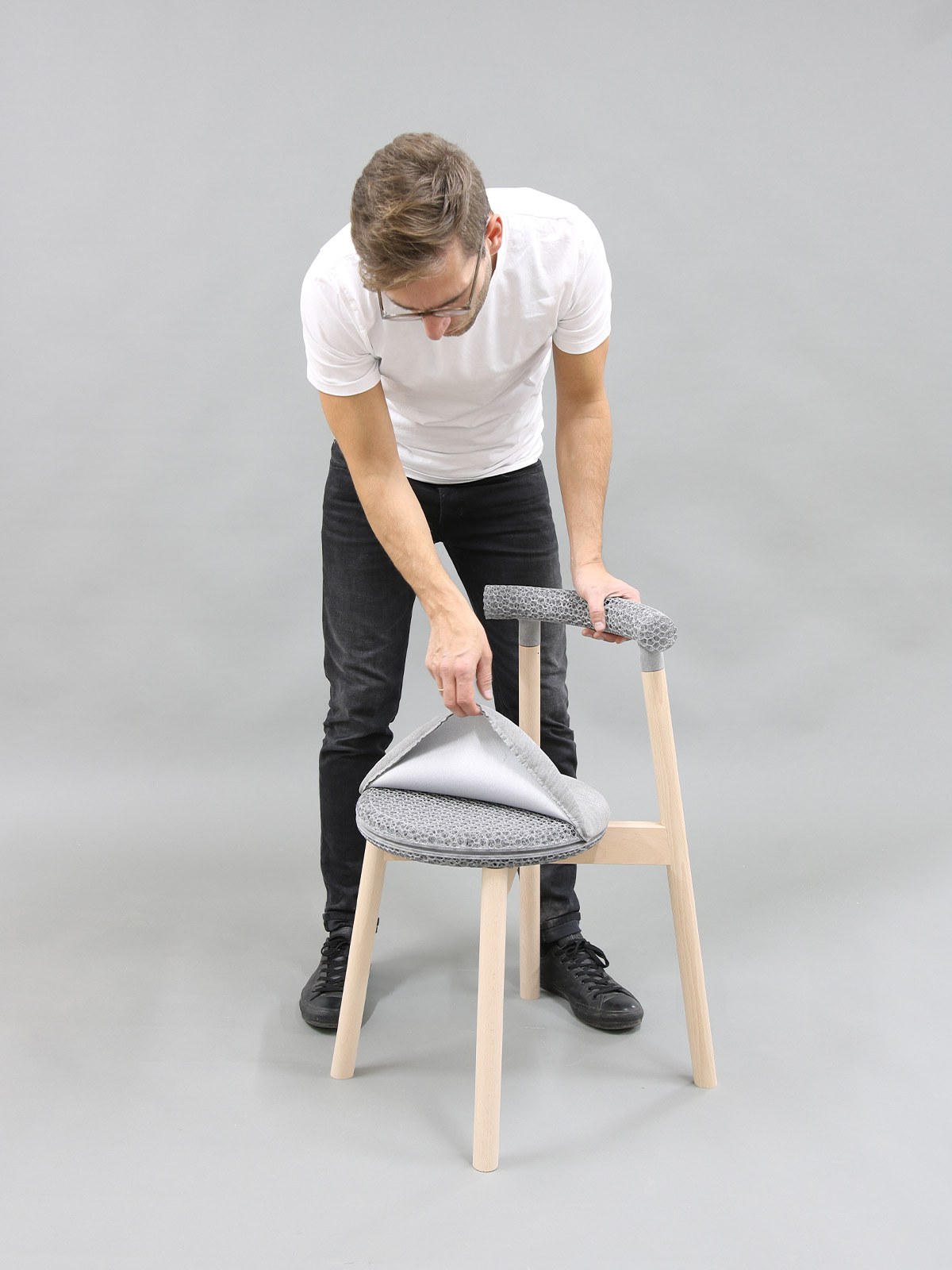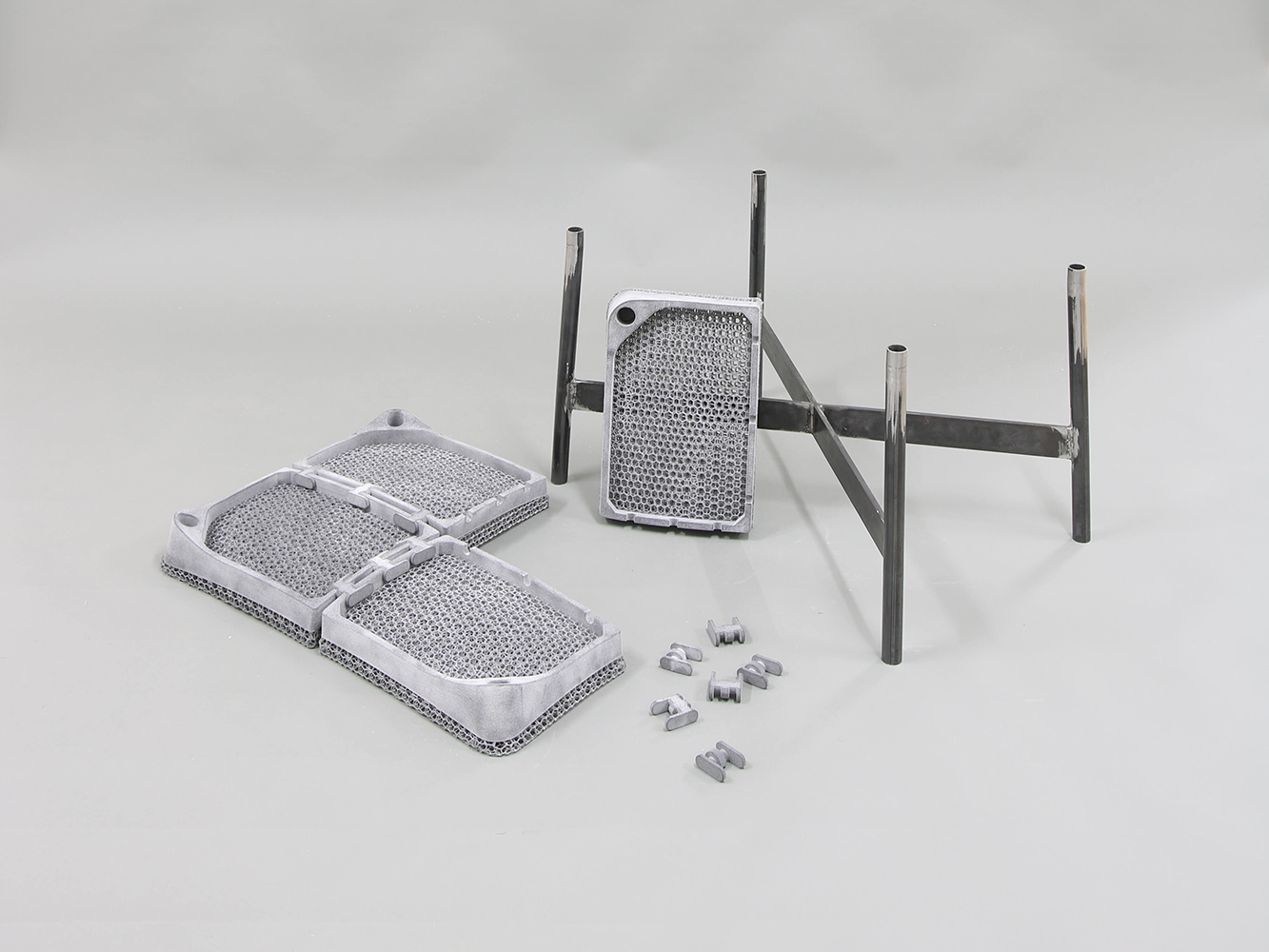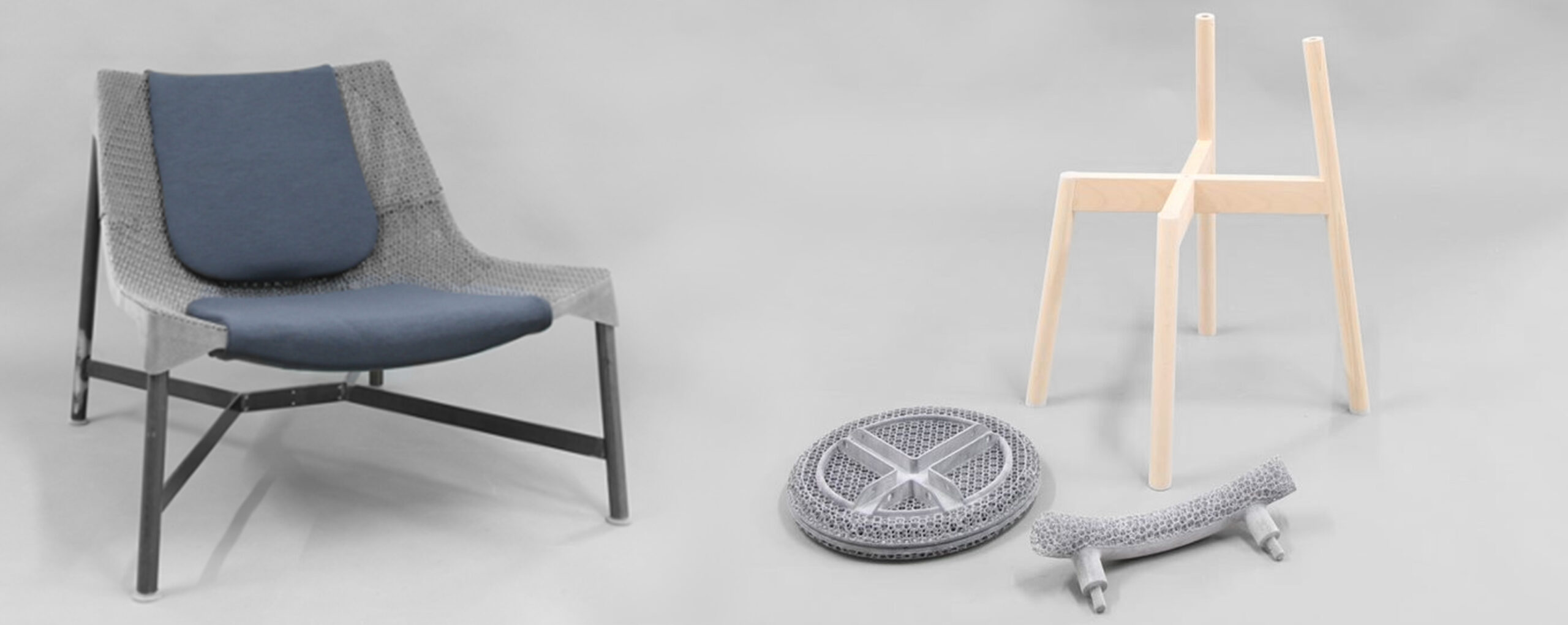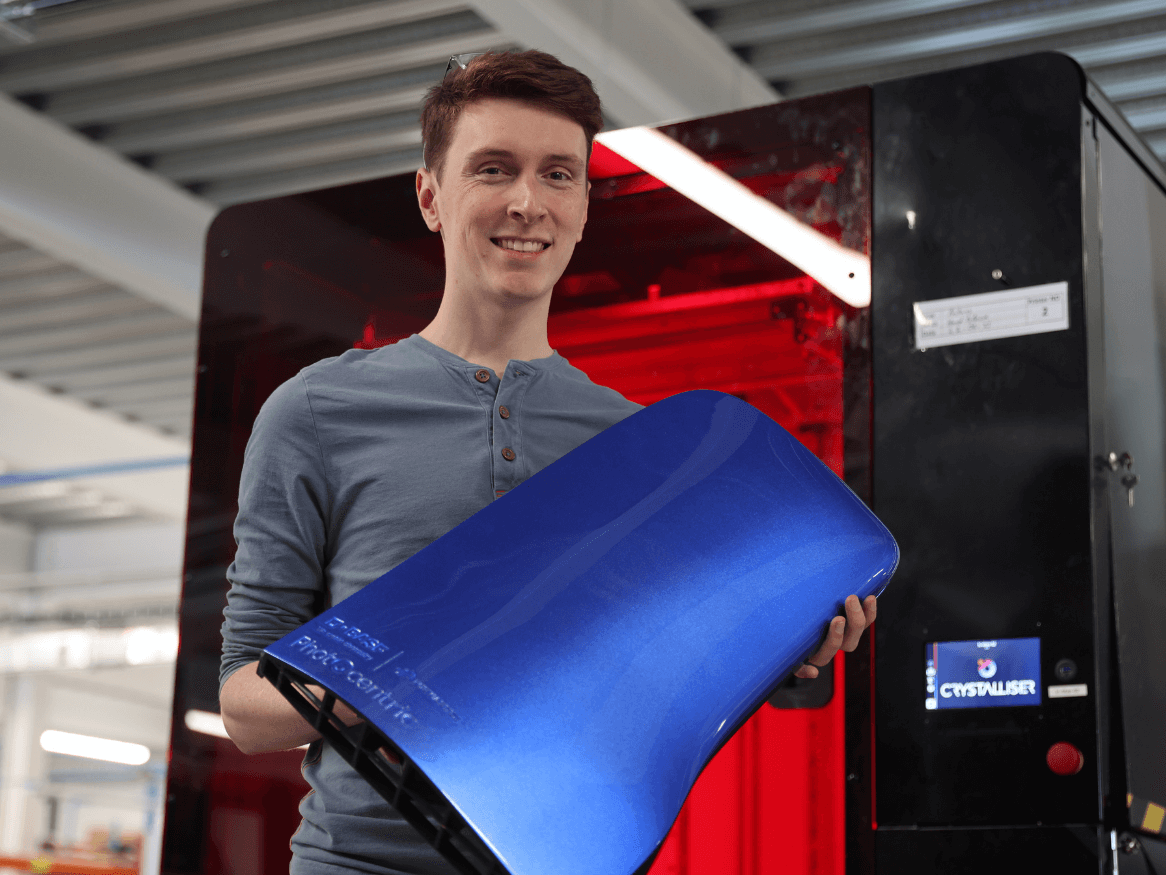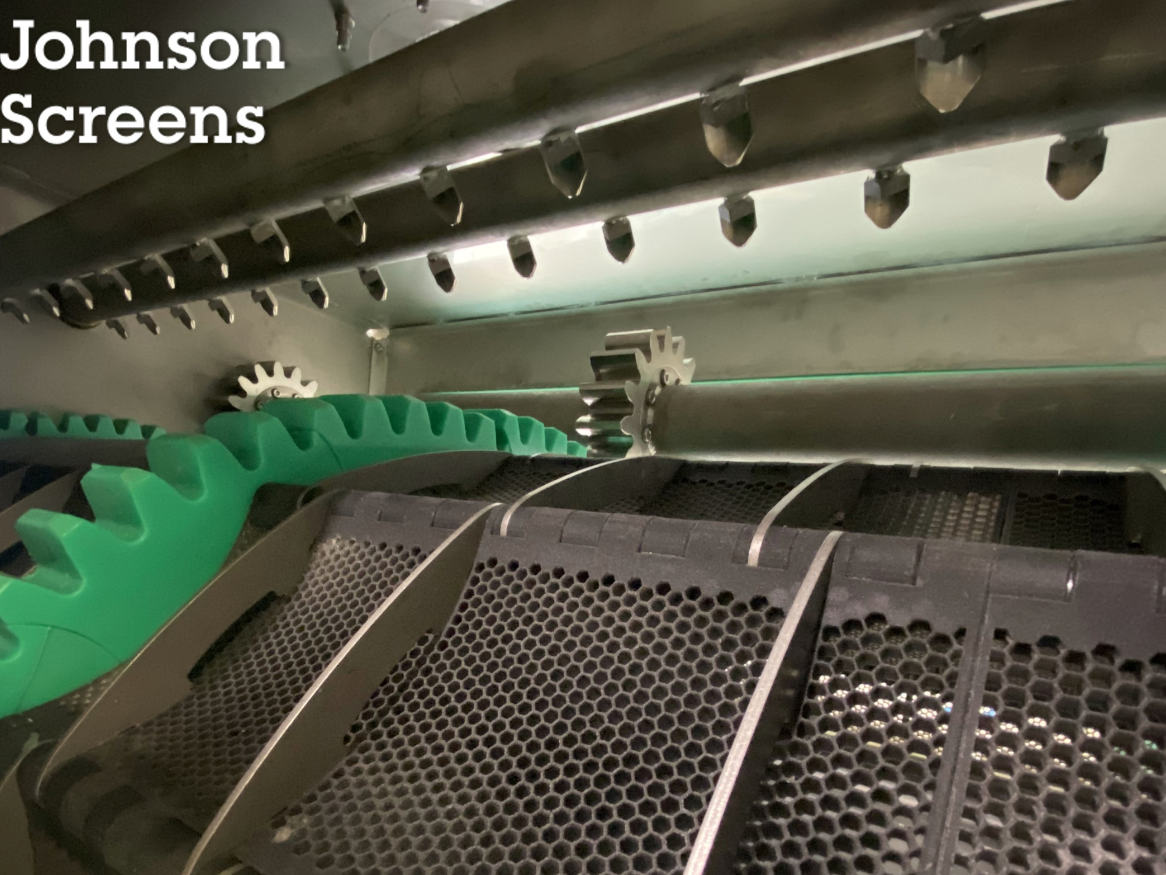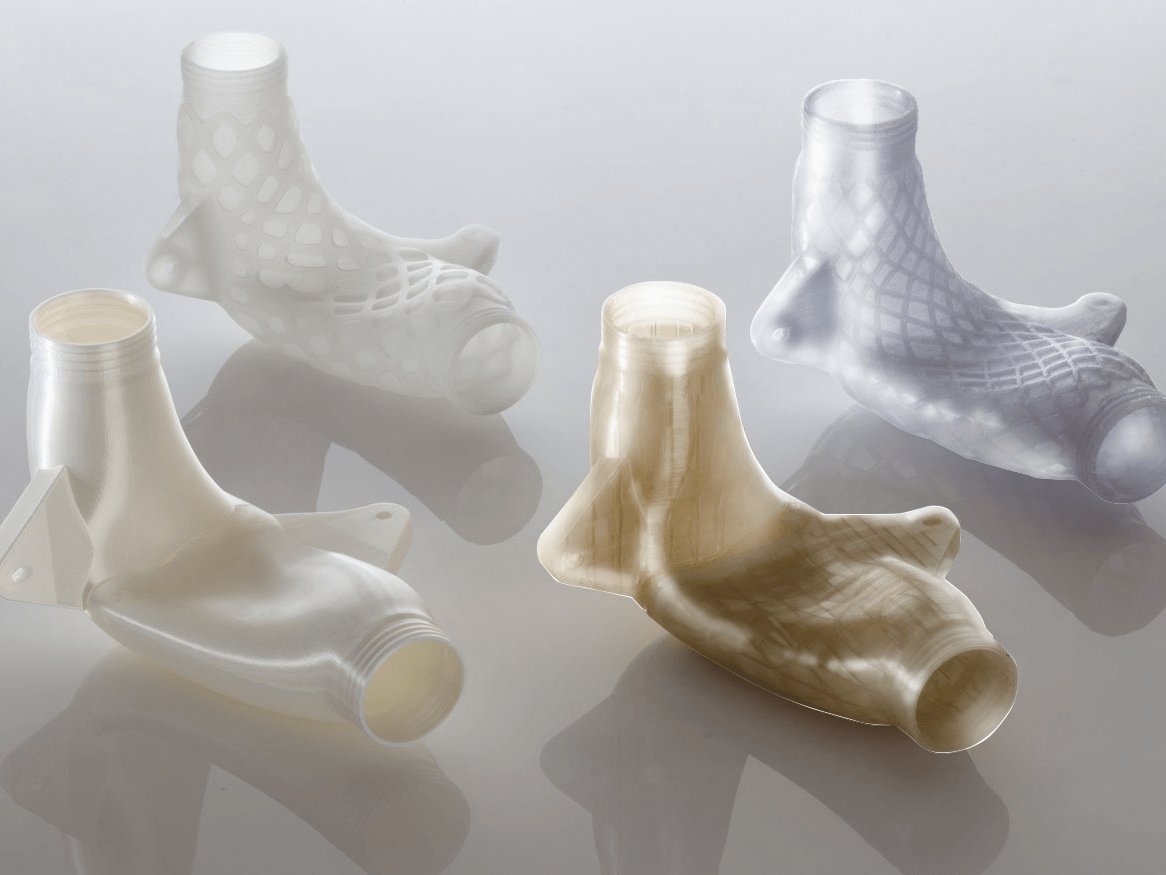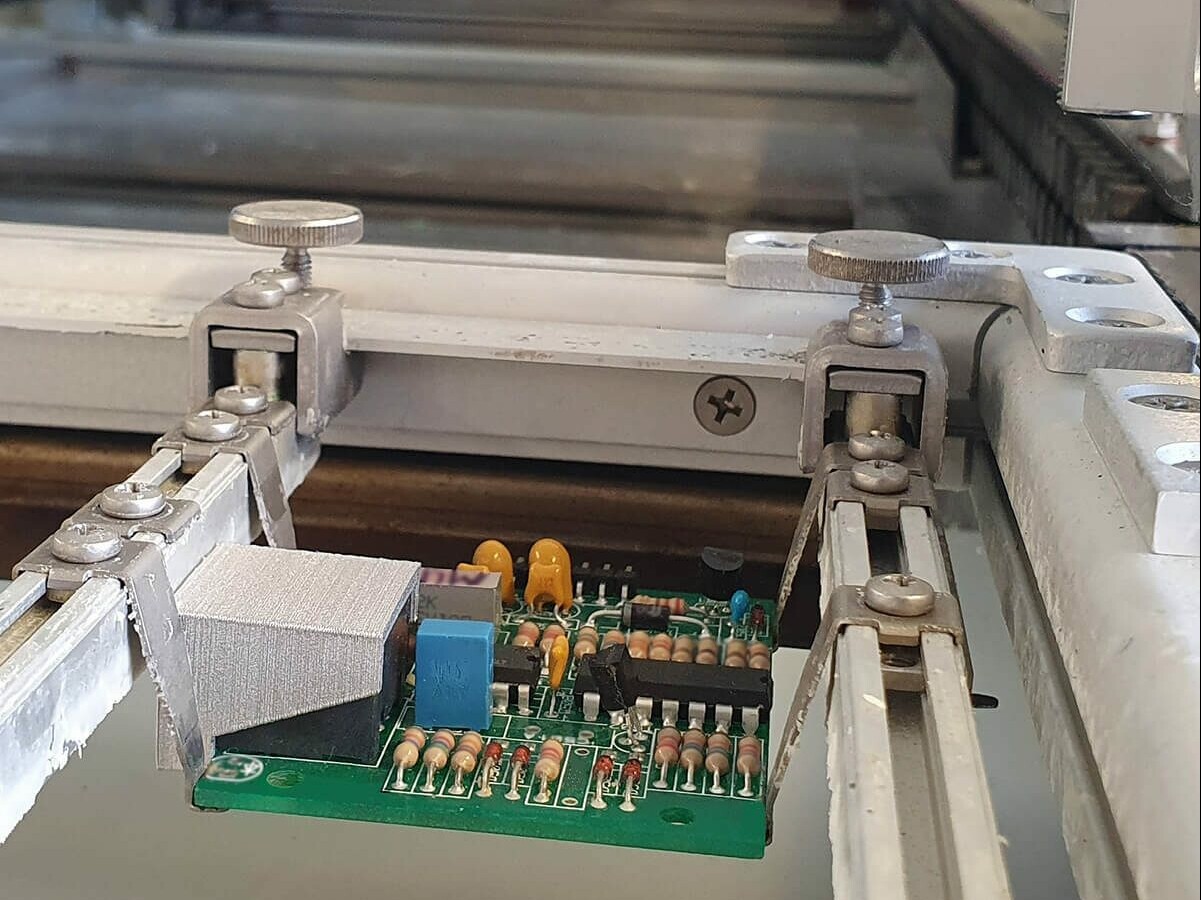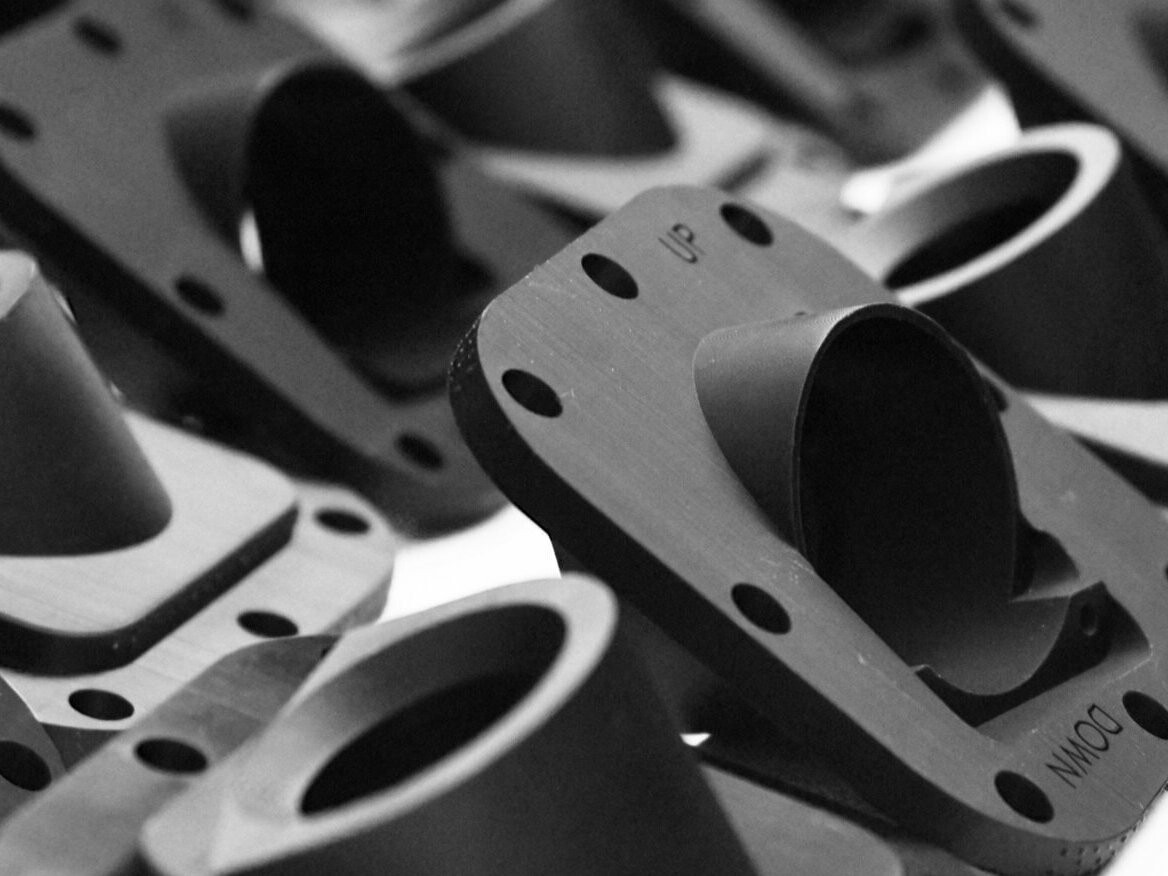Unlocking Limitless Creativity for the Furniture Industry
Cost-efficient design revolution and sustainable production of seating furniture
Since thousands of years, humans have used chairs to increase comfort.
Project Breakdown
Industry
Consumer Goods / Construction
Material/Product
Ultrasint® TPU01
Why Forward AM?
Perfect-fit material for lattice structures
The result
Cost-efficient design revolution and sustainable production of seating furniture
The clunky wooden structures our hardy ancestors had to endure progressively evolved from the early 20th century onwards into a vast range of seating designs striving to combine functionality and comfort – with greater or lesser success. Thankfully, the powerful combination of advanced Additive Manufacturing (AM) materials and 3D printing technology is now opening up undreamt-of new options for furniture product designers.
Challenge: Minimum material use, maximum design flexibility
Looking at the development of seating furniture over recent decades, it’s clear that the materials have mostly remained limited to wood, metal, foam, and textile fabric. Today, however, there is growing market hunger for new design solutions driven by environmental and recycling concerns, the need for a wider range of functionalities, and an increasing customer demand for individual customization of seating to meet their unique interior furnishing requirements. Additive Manufacturing now makes a wholly new approach to chair design available to product designers.
Leading German AM polymer processing specialist OECHSLER tackled the challenge of designing radically new seating furniture from the ground up – products that are not mere futuristic reiterations of existing designs but a real alternative to previous seating concepts.
Solution: Smart lattices 3D printed with Ultrasint® TPU01
OECHSLER teamed up with Steinbauer Design to target the maximum part reduction of common lounge chairs by combining soft and hard parts into just one component. The geometrical freedom provided by Additive Manufacturing and 3D printing enables new designs such as digitally optimized smart lattices, which deliver several clear benefits over traditional chair components.
Starting from scratch, the comfort of every chair type depends on two main factors: Its structural design, and its cushioning. With AM, unlimited combinations of different lattice sizes, thicknesses, and forms allow every degree of cushioning. At the same time, each zone of the chair can be designed individually and shaped in nearly any way imaginable; thanks to AM there is virtually no limit when it comes to structural design.
The material of choice, Ultrasint® TPU01 by Forward AM, is ideal for producing parts requiring excellent long-term shock absorption, energy return, and flexibility. Parts printed with Ultrasint® TPU01 deliver strong, flexible and durable performance, combined with excellent surface quality and level of detail. Ultrasint® TPU01 opens unlimited design possibilities; furthermore, it’s extremely easy to print and combines very high process stability with one of the highest throughputs of flexible materials in the 3D printing market. These unique characteristics make it a perfect fit for serial production with HP Multi Jet Fusion printers.
Ultrasint® TPU01 makes printing flexible lattice structures beautifully simple and rapid. Even better, having successfully passed skin sensitization and cytotoxicity tests to the demanding ISO 10993-10 and ISO 10993-5 standards, this advanced material can be used in applications close to the human body with complete peace of mind. Topping it off, Ultrasint® TPU01 shows excellent UV resistance, which also makes it ideally suited to outdoor furniture. Its high recyclability rate means a very low-waste manufacturing process – and since it’s a thermoplastic, the material can be recycled easily, responding to one of the key sustainability requirements for modern seating furniture.
Thanks to Additive Manufacturing materials and digital design technology, chair springs, foam layers and fabric covers can all be eliminated without sacrificing any comfort. To stabilize parts of the seat itself, more rigid printed structures make clever substitutes for racks. Going even further, rethinking the product from an AM perspective means it can also act as a base for ongoing design development: For instance, by adding further 3D printed components, racks, and even textiles, its structural performance and external appearance can easily be modified, offering a whole new spectrum of design and mass-customization options.
Result: Multiple hybrid functions in just one print
Printing rigid and soft parts as one holistic structure created a lightweight lounge chair with compelling technological features:
- Hammock effect
- Base and pillow seat pads
- Printed rack parts
- Printed metal rack
- Pillowcase textile covering
- Connectivity interface and power-plug housing
- Increased ventilation thanks to open lattice structures
What’s more, if desired an optional textile cover can simply be stretched over the finished chair. Maximizing product sustainability, all components can be separately dismantled and recycled. Topping it off, thanks to its lightweight AM design, the chair is very easy to disassemble and contributes to low-emissions transportation.
“When creating new products with Additive Manufacturing we always strive for functional benefits. For our seating program, we are looking for an improved cushioning effect that leads to greater comfort – and Forward AM’s Ultrasint® TPU01 is the material of choice to combine the high demands on function, design and durability.”
Andreas Knoechel, Head of Program Management, OECHSLER.
Additive Manufacturing is opening up whole new frontiers in product creation for the furniture industry: It’s infinitely designable, comfortable, versatile, sustainable, lightweight, robust, safe, fast – and makes product development outstandingly cost-efficient. The digitally optimized lattice structures now possible with Ultrasint® TPU01 from Forward AM give product designers complete freedom, the power to incorporate multiple hybrid features in just one print, and the perfect symbiosis of design flexibility and comfort.
We’re ready to support your project with Additive Manufacturing – simply get in touch!
Share this page
Next Steps
Reference Links and Documents
Get in touch
Do you have questions about our materials, technologies or services? Get in touch now!

